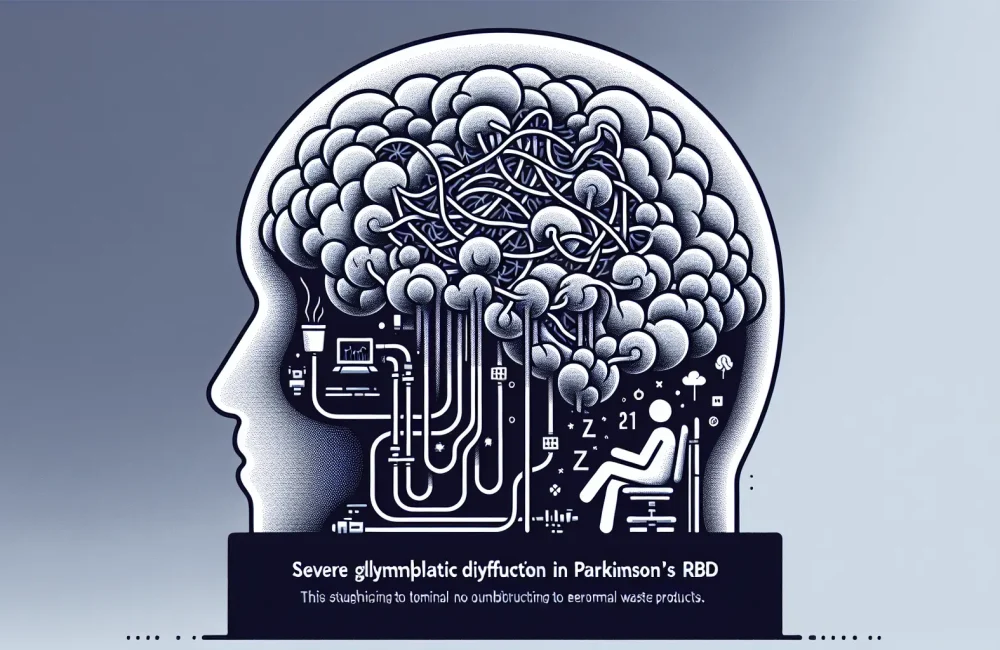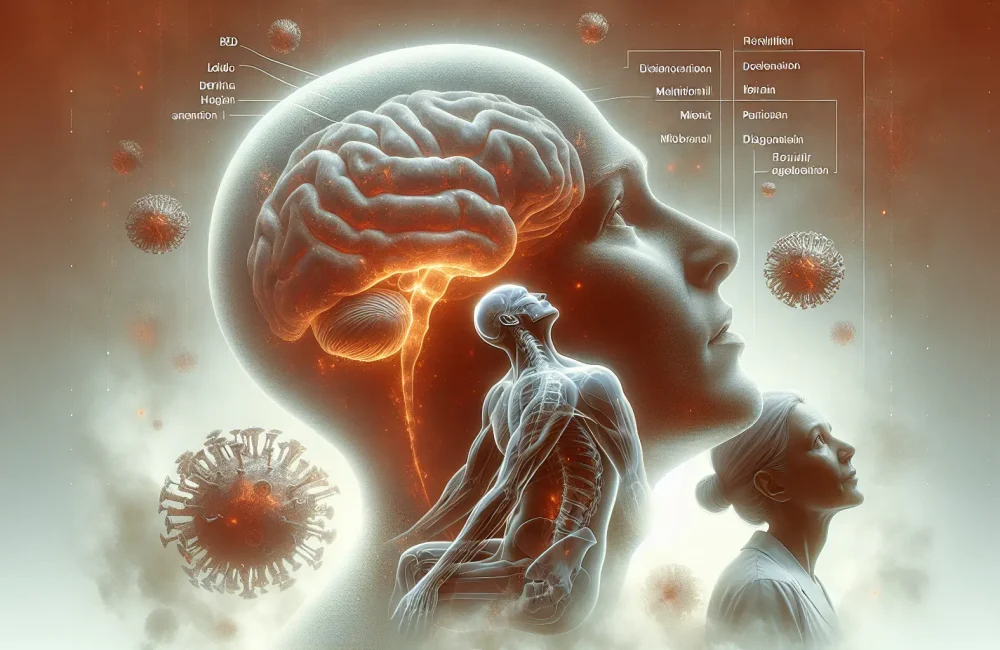By CAFMI AI From npj Parkinson’s Disease (Open Access)
Distinct Brain Network Effects of HF-rTMS in Parkinson’s Disease
**Enhanced Motor Network Connectivity via HF-rTMS**
High-frequency repetitive transcranial magnetic stimulation (HF-rTMS) has been shown to significantly enhance connectivity within the motor network in patients with Parkinson’s disease (PD). In this study involving twenty PD patients, HF-rTMS targeted the motor cortex, resulting in increased cortical-subcortical functional connectivity as measured by resting-state functional magnetic resonance imaging (rs-fMRI). These connectivity changes correlated closely with improvements in motor function scores, indicating a direct clinical benefit. The motor network, including sensorimotor regions critical for movement execution, appears highly responsive to this high-frequency stimulation, underscoring HF-rTMS’s potential as a targeted therapeutic intervention to alleviate motor symptoms typical in PD. Importantly, the study’s randomized crossover design, with one week between HF-rTMS and theta-burst stimulation (TBS) sessions, strengthens the validity of the observed motor improvements being specifically attributable to HF-rTMS.
Clinically, this evidence reinforces the utility of HF-rTMS as a non-invasive neuromodulation strategy to improve motor network dysfunction in Parkinson’s patients. It suggests that tailoring rTMS protocols to enhance sensorimotor connectivity can yield meaningful symptom relief, complementing pharmacological treatments that often struggle with symptom fluctuations and side effects. The robust link between enhanced motor network connectivity and clinical motor gains further offers a neuroimaging biomarker to monitor therapeutic efficacy and customize treatment plans.
Broader Cognitive-Motor Network Modulation with Theta-Burst Stimulation
**Expanded Network Effects of TBS in Parkinson’s Disease**
Theta-burst stimulation (TBS), another rTMS modality assessed in this study, displayed a distinct pattern of brain network changes compared with HF-rTMS. Unlike the predominantly motor network-focused effects of HF-rTMS, TBS induced broader increases in functional connectivity, particularly between motor areas and the prefrontal cortex. These findings emerged from analyses of rs-fMRI scans performed before and after TBS sessions in the same cohort of PD patients. The broader connectivity shift suggests TBS influences not only motor circuitry but also cognitive-motor integration networks, which are increasingly recognized as critical in the multifaceted symptom profile of Parkinson’s disease. Cognitive impairment, executive dysfunction, and impaired motor planning frequently complicate PD management, thus addressing these through network modulation has clear clinical importance.
From a clinical standpoint, the capacity of TBS to enhance connectivity between motor and prefrontal regions may translate into benefits beyond pure motor symptoms, potentially improving cognitive aspects and executive functioning. These insights encourage considering TBS as part of a comprehensive neuromodulatory approach aiming to target multiple symptomatic domains in PD. The study design’s randomized crossover approach allows direct comparison within the same patient population, providing reliable evidence that HF-rTMS and TBS uniquely affect brain networks and thus symptom profiles.
Implications for Personalized Parkinson’s Therapies and Clinical Practice
**Optimizing rTMS Protocols for Parkinson’s Disease Management**
This study’s distinctive contribution lies in elucidating how two common rTMS paradigms—HF-rTMS and TBS—differentially modulate brain network dynamics in Parkinson’s disease, with tangible implications for clinical application. The findings advocate for personalized neuromodulation strategies where clinicians can select the rTMS protocol that best addresses a patient’s predominant symptoms. For patients with predominant motor deficits, HF-rTMS may provide targeted improvement by enhancing motor network connectivity. Conversely, in cases with notable cognitive dysfunctions or where cognitive-motor integration is impaired, TBS might offer added benefit by modulating broader networks encompassing prefrontal regions.
Furthermore, the ability to monitor these changes through rs-fMRI offers an objective tool to evaluate treatment response and guide therapeutic adjustments. The study also points towards a multidisciplinary approach integrating neurologists, radiologists, and rehabilitation specialists to implement rTMS protocols within comprehensive Parkinson’s disease management. It underscores the importance of follow-up assessments to consolidate gains and optimize stimulation parameters over time. Additionally, these insights align with evolving clinical guidelines emphasizing individualized treatment plans and non-pharmacological interventions to complement dopaminergic therapies in managing PD symptoms effectively. Clinicians in primary care and specialty settings can incorporate these findings to improve patient counseling, including setting realistic expectations, discussing potential therapeutic targets, and planning ongoing monitoring strategies for rTMS therapy.
Read The Original Publication Here






